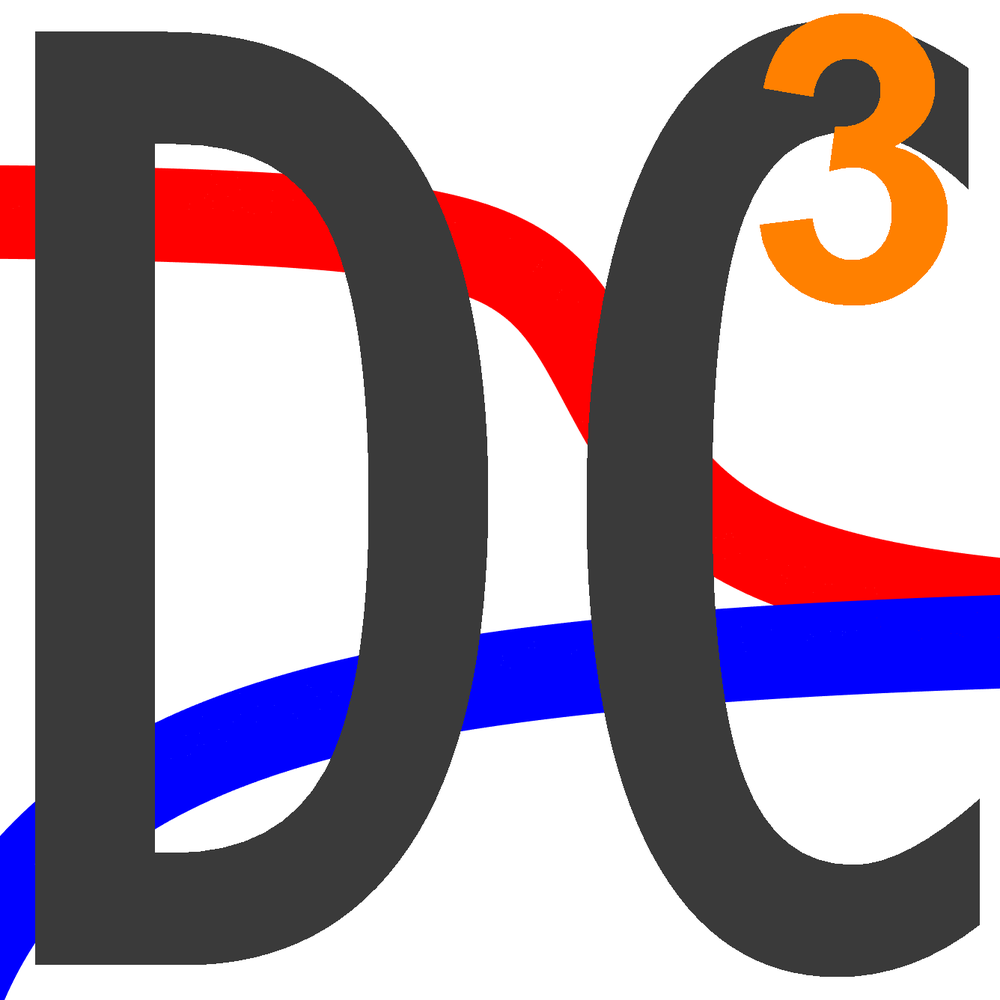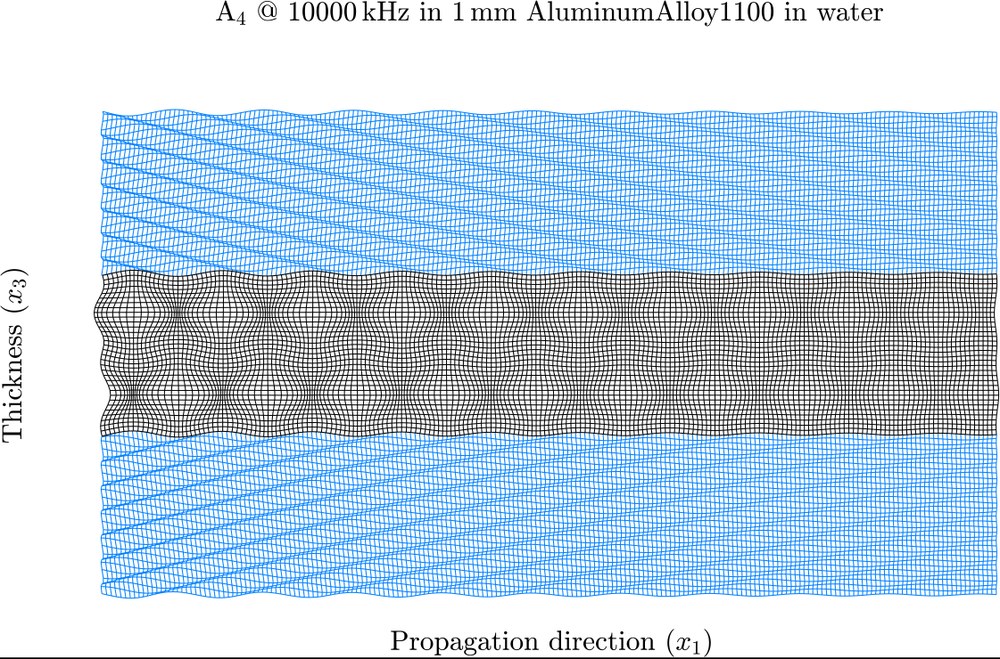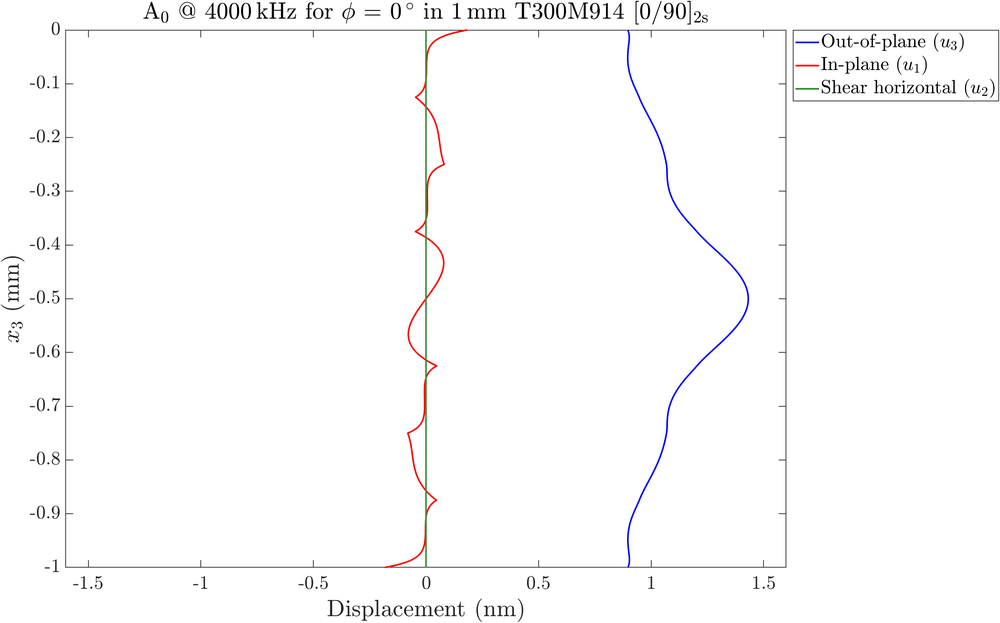>
>
ZLP Augsburg>
Dispersion Calculator: An open source software for the calculation of dispersion curves and mode shapes of guided waves
Home
>
About us>
The Institute>
ZLP Augsburg>
Dispersion Calculator: An open source software for the calculation of dispersion curves and mode shapes of guided waves
Dispersion Calculator: An open source software for the calculation of dispersion curves and mode shapes of guided waves

DC Logo
DC Logo
Image: 1/5, Credit:
DLR

Wellenform Crop
Wellenform Crop
Image: 2/5, Credit:

Calculation result 2
Calculation result 2
Image: 5/5, Credit:
The MATLAB-based Dispersion Calculator (DC) is an interactive software for calculating dispersion curves and mode shapes of guided waves in isotropic plates, rods, and pipes as well as in multilayered anisotropic laminates. DC is continuously improved and validated using DISPERSE. DC was first released in 2018. It is used worldwide today.
Features:
- Graphical user interface for easy handling
- Guided wave dispersion diagrams for isotropic plates, rods, and pipes (axial and circumferential modes) as well as multilayered anisotropic laminates: phase velocity, energy velocity, propagation time, coincidence angle, wavelength, wavenumber, and attenuation vs frequency
- Different materials can be assembled in a laminate: isotropic, cubic, transversely isotropic, and orthotropic materials
- Immersion in fluids (damping through energy leakage): plates and rods can be surrounded by fluids and pipes can be filled with and surrounded by fluids
- Viscoelasticity (material damping)
- Polar dispersion diagrams: phase velocity, energy velocity, propagation time, coincidence angle, wavelength, and wavenumber vs propagation direction
- Signal simulator: time and frequency response of single or multiple guided waves after propagating a certain distance in a waveguide
- Through-thickness mode shapes: displacement, stress, strain, energy density, and power flow density
- 2-D animation of mode shapes
- Elastic wave propagation in bulk material: 2-D and 3-D phase velocity, group velocity, slowness, polarization, and energy deflection
- Scattering of bulk waves at the interface between fluids and solids: 2-D and 3-D representations; reflected and transmitted energy scattering coefficients vs angle of incidence
- Homogenized stiffness tensor of multilayered anisotropic laminates
- Material editor: input of real and complex engineering constants and stiffness tensor components
- Export of graphics
- Export of dispersion curve, mode shape, and simulated signal data as Excel, Txt, and Mat files
Special Features:
- DC can calculate laminates with several hundred layers
- DC can distinguish the different mode families such as symmetric, antisymmetric, and asymmetric Lamb, horizontal shear and Scholte waves
- Many years of continuous revision enable fast and robust tracing of dispersion curves
Download and use the DC:
Go to GitHub (see link below) and select the latest release on the right-hand side.
- Either download “DC_vXY_Installer.exe” to install DC as stand-alone (no MATLAB required)
- Or download “Source code” (MATLAB and Curve Fitting Toolbox required)
Find more installation notes on GitHub.
Further information & links
Contact
Dr. Armin Huber
German Aerospace Center (DLR)
Institute of Structures and Design
Center for Lightweight-Production-Technology
Am Technologiezentrum 4, 86159 Augsburg

